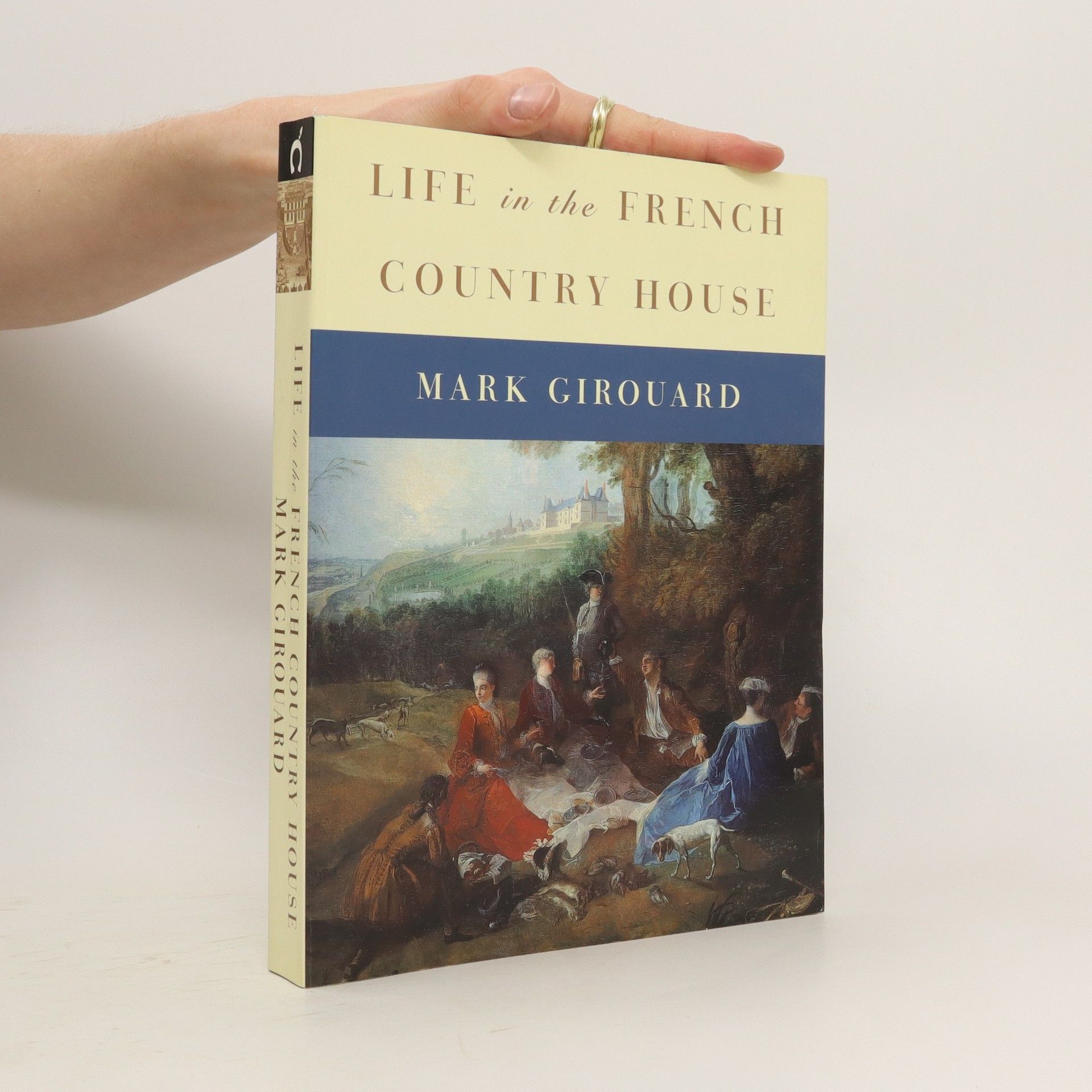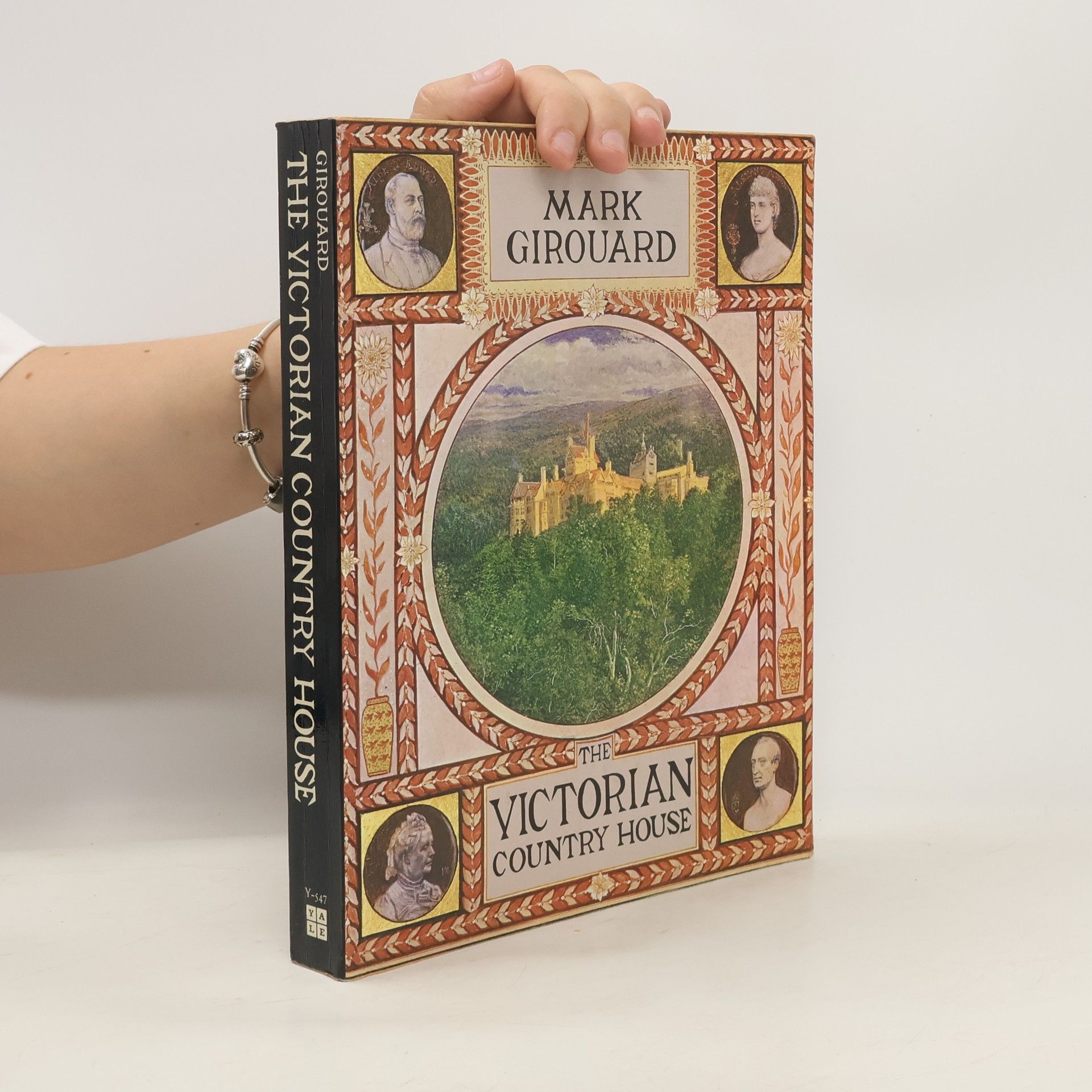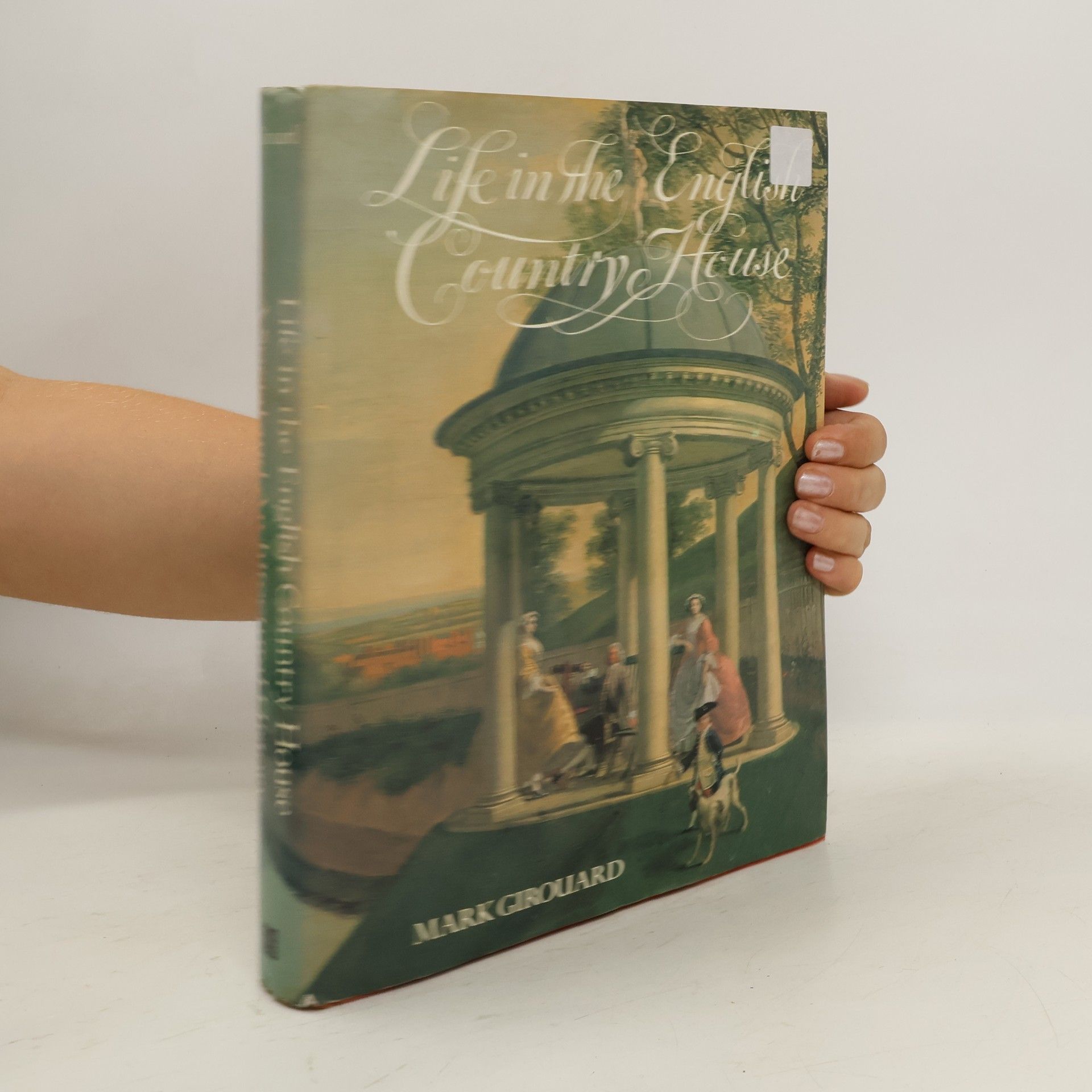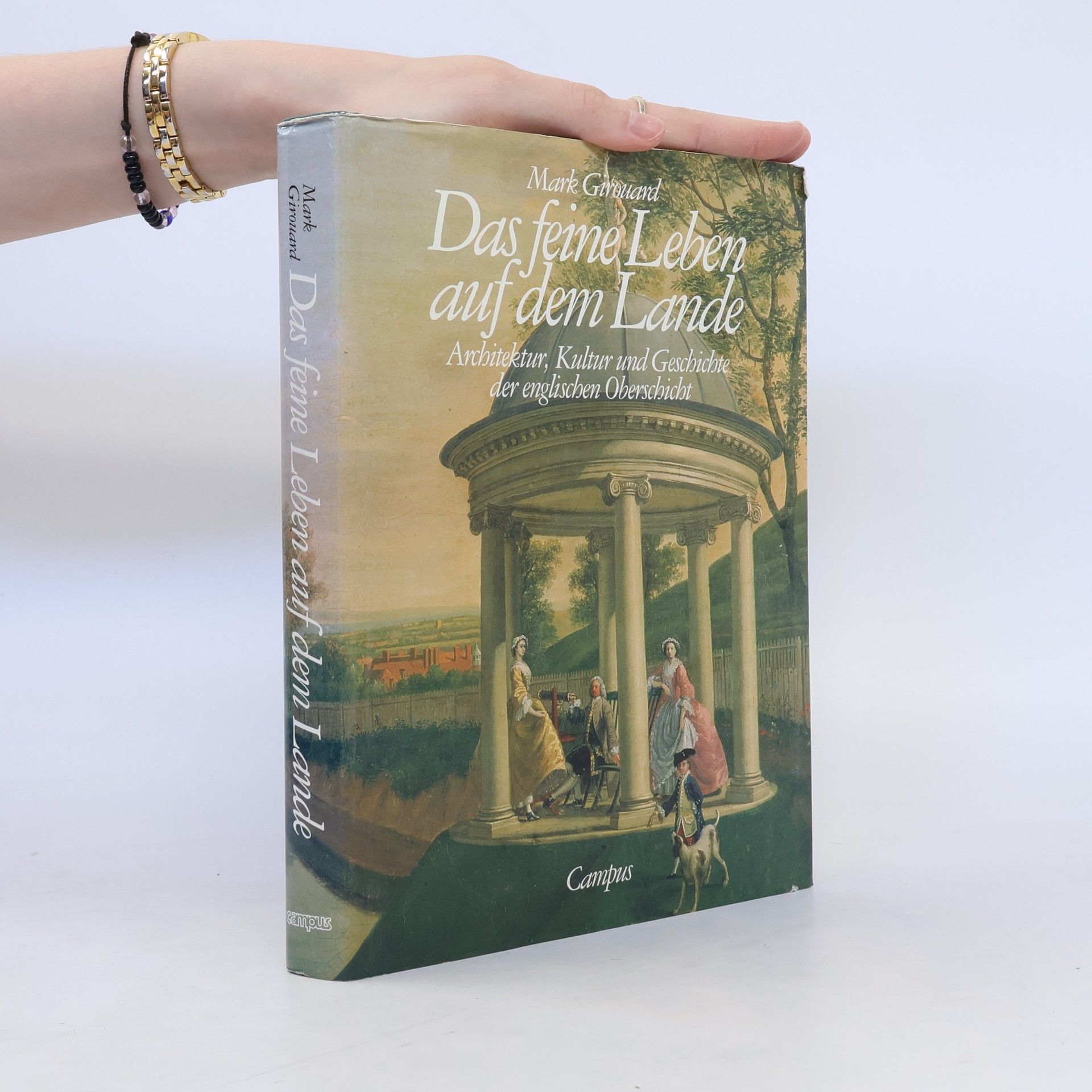Das feine Leben auf dem Lande
- 382 Seiten
- 14 Lesestunden
Dieser britische Autor ist auf Architekturkritik spezialisiert und eine anerkannte Autorität für das Landhaus. Seine Arbeit befasst sich eingehend mit der Architekturgeschichte und umfasst auch biografische Darstellungen bemerkenswerter Persönlichkeiten. Die Leser werden seine detaillierten Kenntnisse und seinen fesselnden Stil zu schätzen wissen, der das architektonische Erbe zum Leben erweckt.






Eine Kulturgeschichte. 314 meist farb. Abb. 400 S.
PrefaceSurvival & revivalSir Walter Scott The age of Abbotsford The broad stone of honour Radical chivalry The Eglinton tournamentVictoria & AlbertMuscular chivalry A mid-century miscellany The public schools The return of ArthurModern courtly love Knights of the empirePlaying the game Chivalry of the people The chivalrous gentlemenThe great warNotes to the TextIndexPhotographic Acknowledgments
A Social and Architectural History
The English country house has flourished over the centuries because of its ability to adapt to the changes in English society. This book is an account of the ways in which the upper-class life style were reflected in the houses in which the wealthy and powerful lived. First published in 1978, this is a history of the English country house from the point of view of its owners and users. Ranging from the Middle Ages to the world of Evelyn Waugh, the author also discusses and illustrates how the life of the upper classes shaped their country hosues, how they entertained and were served, how they ran the country and their estates and how they reconciled personal privacy and public display.
A study of Britain's great nineteenth-century houses examines their architects, and the social, technological, and economic conditions that made the massive structures possible
An account of upper class French society through the centuries showing how its setting - the chateaux and manoirs of the French countryside evolved in concert with their inhabitants.
This social and aesthetic history of the world's major cities from antiquity to the present focuses on crucial periods of the cities' past and examines their architecture in light of the men and women who used it
By looking at England's cathedral towns, Regency spas and industrial cities, and at their market squares, docks, council chambers and assembly rooms, the author traces the development of English towns through the centuries